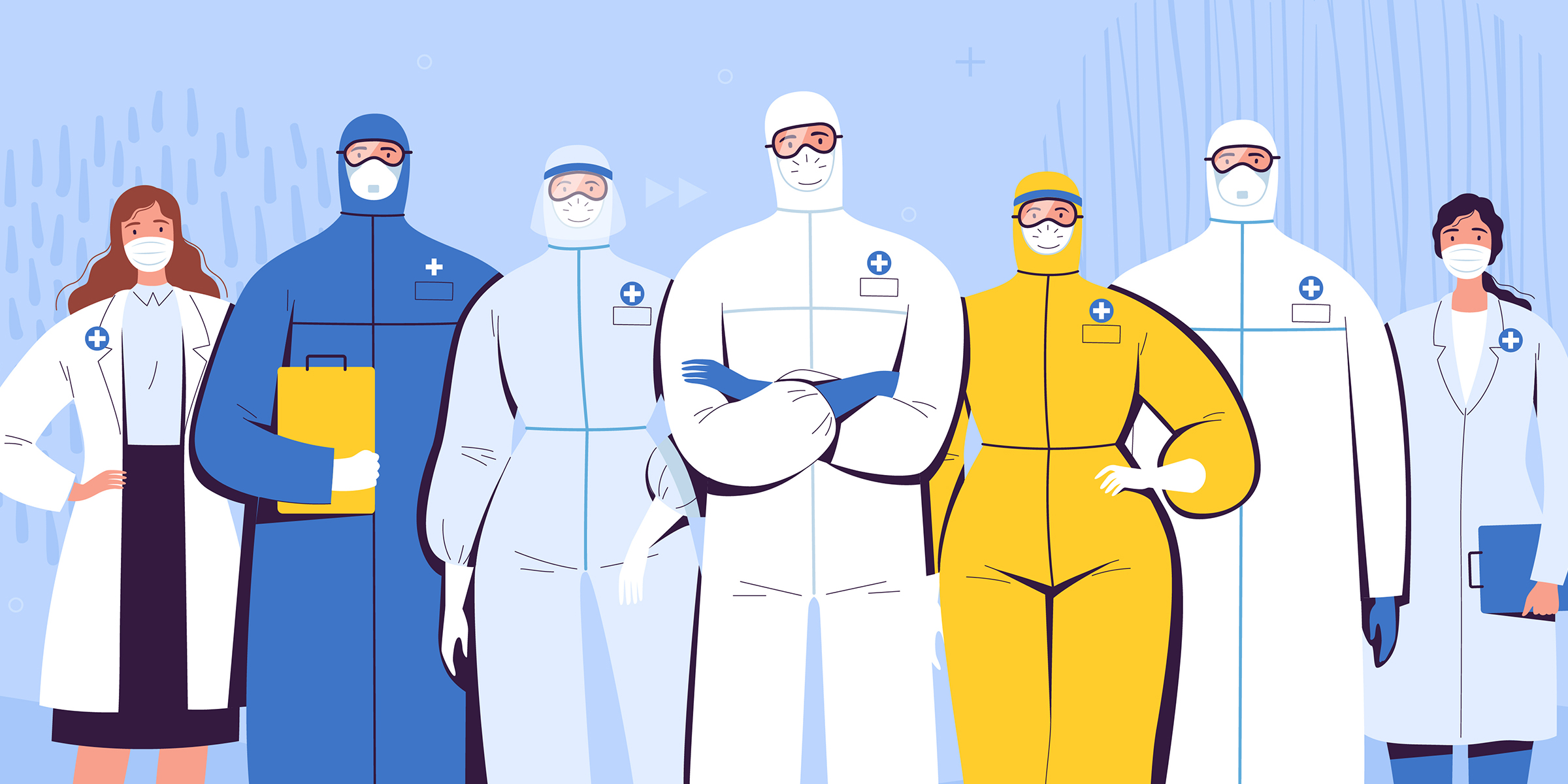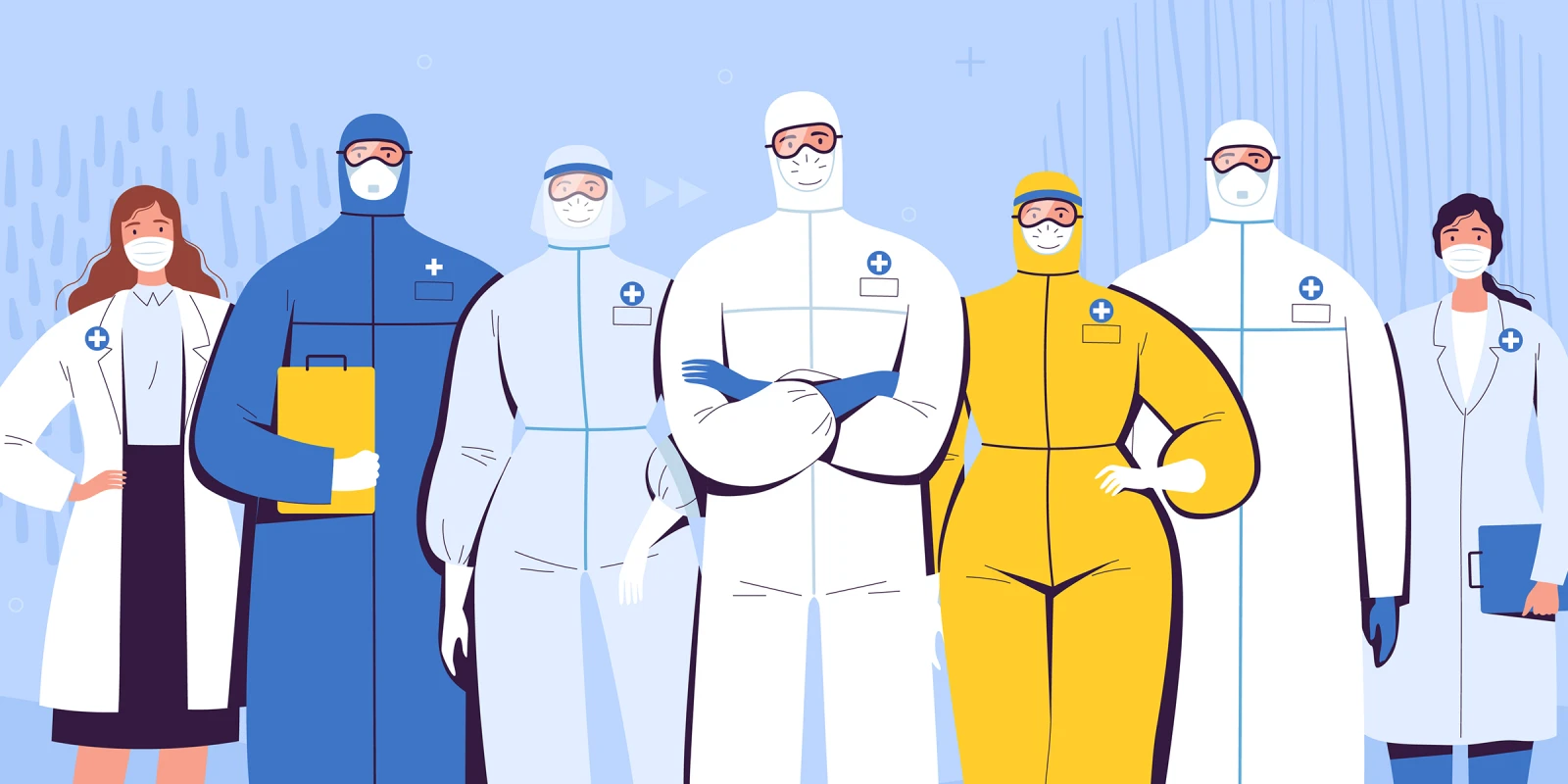
In April of 2020, when I was boarding a plane to New York City, a flight attendant stopped me, saying, “Please note your new seat number. We had to balance the plane.” I gave her a perplexed smile, and then followed it with a grin to myself, remembering that my expression was covered by a face mask. In my years of flying, I had never been asked to change my seat for “balance,” but then again, I had never been one of only 10 people on a Boeing 737.
The story of COVID-19 in New York City is now all too familiar: the SARS-CoV-2 virus plowed its way through streets and homes, leaving behind mourning families and exhausted, disheartened health care workers. Fourth-year medical students graduated early to serve on the front lines, and Governor Cuomo tweeted urgent pleas for ICU-trained physicians to volunteer. As a critical care physician in Seattle, where my Veterans Affairs (VA) hospital had a handful of cases, I was spending my days developing protocols for scarce-resource allocation. The irony wasn’t lost on me that, at the time, I was a poorly allocated resource myself.
I traveled to New York via the VA’s Disaster Emergency Medical Personnel System (DEMPS), a program designed to supply staff volunteers to areas of greatest need. Our hospital was initially reluctant to allow its staff to participate in the program, but as the COVID-19 outlook in Seattle continued to improve, the hospital decided to send out an internal email request for physicians. On Thursday, April 9, I began filling out the requisite paperwork, and by Monday, April 13, I was zipping shut an overstuffed suitcase on my way out the door.
Critical care nurses from every corner of the country joined me at the Brooklyn VA, which had been converted into an exclusive COVID- 19 hospital for both veteran and civilian patients. Though we had never worked together before, our shared purpose created a cohesive bond. Our patchwork team provided continuity for patients whose care had been fragmented by hospital transfers and the frequent rotation of physicians and nurses. These practices were often necessary to prevent hospitals from exceeding capacity, but they also encouraged shortsightedness in therapeutic planning. Out of necessity, more energy was focused on putting out daily fires than implementing resource-intensive tasks with proven mortality benefits, like prone positioning. The increased workload often precluded multidisciplinary rounding, sacrificing communication among the team. This changed when reinforcements arrived. As volunteers with a fixed number of weeks to work, we were spared from wondering whether our endurance would outlast the duration of the surge. We could pace ourselves. And every night when we came home to empty hotel rooms, we could breathe a sigh of relief, knowing our families were safe from us.
Our preserved patient-to-provider ratios allowed us to engage with our patients’ families, people who had often never set foot in an ICU. Even though the word “ventilator” was spoken on the evening news every night, that familiarity did not equal understanding. The staff and I took turns being iPhone stands during virtual family visitation, and we commiserated about how this was no substitute for the real thing. Nevertheless, the family members I met were grateful, even if their loved ones’ faces were obscured by an endotracheal tube and bore only a faint resemblance to the person they recently knew. I’ll admit, after particularly horrible days, I used the glimmers of hope in a wife's or husband’s eyes to help restore my own. In cases in which hope was no longer an option, our conversations about the goals of care avoided protracted dying. By building trust over the course of the hospitalization, we could provide dignified end-of-life care.
From my experience, it was clear that deploying trained health care workers to hot spots improved patient care, physician burnout, and family grief. In mid-April, when I left for New York, only 1% of the 90,000 health care workers who signed up to volunteer were deployed. Though the state of New York began accepting out-of-state licenses, there were still bureaucratic hurdles at the hospital level. When I tried to volunteer outside of the VA system before the DEMPS program was activated, it took two weeks to receive an email from the hospital credentialing department after I gained approval from the ICU director. The lack of national infrastructure outside of the VA system led to the squandering of precious time. In response, the American Thoracic Society, American College of Chest Physicians, and PA Consulting launched the Clinician Matching Network, a national clearinghouse to match medical staff with hospitals and communities in need. It remains to be seen how successful this network will be in navigating these turbulent waters in a timely fashion.
Swift, thorough public health research has helped arrest the spread of the virus, but further research must address the quality of our response when the virus inevitably breaks loose again. When we assess COVID- 19 case projections, we must not forget that there’s more to ICU care than a ventilator and a room. We can’t manufacture critical care physicians and nurses with online tutorials as if we were ramping up the production of ventilators. Our pandemic response requires pooling and appropriate allocation of resources, including our workforce. Geography is not an excuse for subpar care.
Six months into this pandemic, the “novel” coronavirus isn’t so novel. Yet despite lessons learned, history is repeating itself, with outbreaks cropping up the minute defenses are lowered. Currently, ICU staff shortages vary considerably by state, and vulnerable populations in often under-resourced areas are being disproportionately affected, again. As I boarded a plane to San Antonio, Texas at the end of July to begin my second deployment, I wasn’t asked to change my seat. However, I knew that when I reached my destination, my purpose would still be to provide balance.
Dr. Sarah Sanghavi is a critical care physician and nephrologist at the Puget Sound VA Health Care System. The views expressed are her own and not those of her employer.
Click here to see more perspectives on COVID-19 from the Doximity network.
Click here for up-to-date news about COVID-19 on Doximity.







